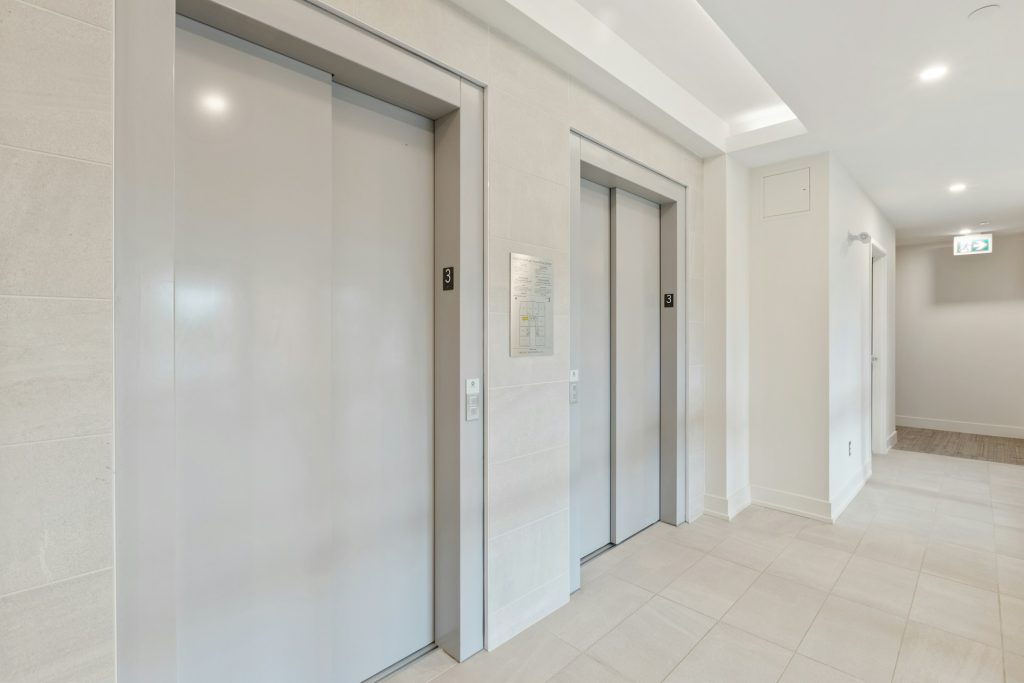When you step into an elevator, the journey often lasts only a few seconds—but those moments can leave a lasting impression. In modern building design, lighting and sound play a much larger role than simply illuminating a space or masking mechanical noise. They’re essential elements in shaping comfort, safety, and ambience within vertical transport environments. Companies such as Forte Lift Services understand that a well-designed elevator isn’t just about efficiency—it’s about creating an experience that complements the building’s overall aesthetic and function.
The Importance of Lighting in Elevators
Lighting in an elevator serves multiple purposes beyond visibility; it enhances mood, improves safety, and even contributes to the perception of space. In commercial settings, soft, evenly distributed lighting can make passengers feel calm and secure, while in high-end residential or hotel lifts, creative lighting can reinforce luxury and style.
Modern LED systems allow for flexible design options—ranging from warm, welcoming tones to dynamic colour-changing effects that align with branding or architecture. Diffused lighting helps eliminate harsh shadows, creating a sense of openness even in smaller lift cars. On top of this, motion-sensor or energy-efficient lighting systems can help reduce operational costs while maintaining a modern, user-friendly feel.
Sound Design: The Overlooked Element
While lighting often takes centre stage in design discussions, sound is equally crucial. The hum of machinery, echoing walls, or abrupt noises can make passengers uneasy. Thoughtful sound design ensures a smoother, more pleasant experience.
Acoustic insulation, vibration dampening, and background music systems are now standard features in premium elevators. These elements mask mechanical noise and add an element of tranquillity to the ride. Some commercial buildings even integrate ambient soundscapes—such as gentle instrumental music or nature-inspired sounds—to create a calm and professional environment.
Enhancing Comfort and Accessibility
Lighting and sound design can also improve accessibility. Proper illumination supports those with visual impairments, while audio cues help guide passengers with limited sight. Clear, well-balanced voice announcements and non-intrusive chimes contribute to safety and usability, especially in public or mixed-use buildings. By integrating thoughtful design into these sensory elements, elevators can better serve a diverse range of users while aligning with inclusive building standards.
Creating a Branded Experience
For corporate offices, hotels, and luxury apartments, elevators are part of the brand journey. The right combination of lighting and sound reinforces identity and sophistication. Warm tones, soft music, and custom fixtures can reflect brand personality—transforming what could be a simple ride into an engaging experience.
Lighting accents can also highlight materials like stainless steel, glass, or timber panelling, enhancing the aesthetic cohesion between lift interiors and surrounding architecture. In this way, lighting and sound are not just enhancements—they’re extensions of the brand story.
Technology and Customisation
With advancements in smart building systems, lighting and sound can now be programmed and synchronised with building management software. Settings can adjust based on time of day, building occupancy, or special events – for example, morning lighting might be bright and energising, while evening settings could feature softer, ambient tones.
These features can also be retrofitted into existing systems through expert providers who specialise in modernising elevators to meet evolving standards in comfort, safety, and design.
The Future of Elevator Experiences
As architecture and technology continue to evolve, elevators are becoming more than just functional transport—they’re dynamic, interactive spaces. The future points toward even more personalisation, where lighting and sound respond to user preferences, biometric recognition, or building-wide themes.
Ultimately, good lighting and sound design elevate more than the lift—they elevate the experience itself. By combining aesthetics, comfort, and innovation, building owners can create an atmosphere that passengers remember long after the doors open.
